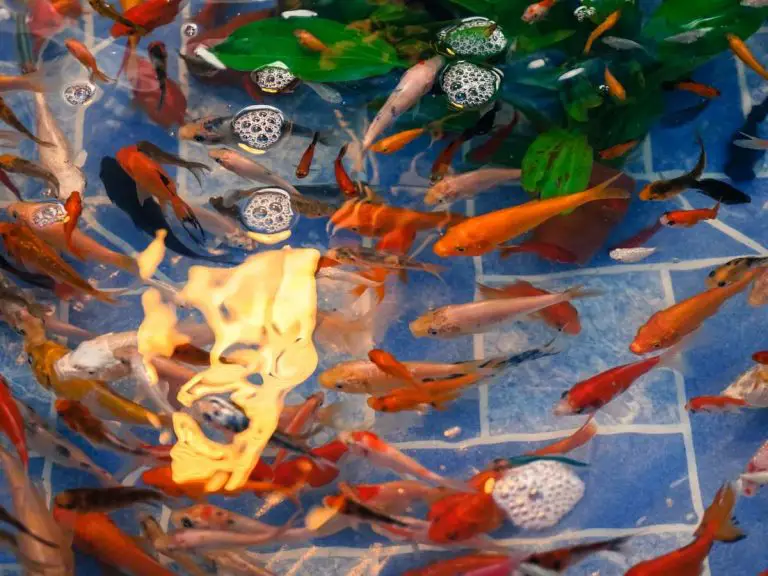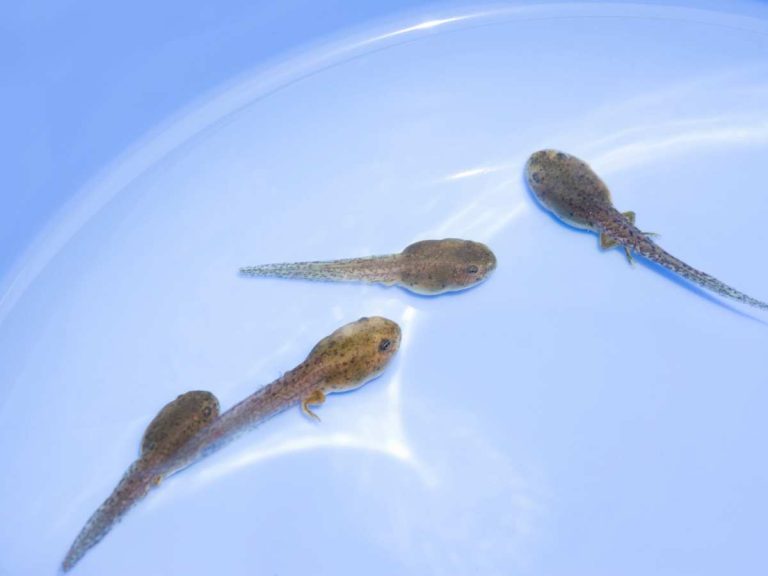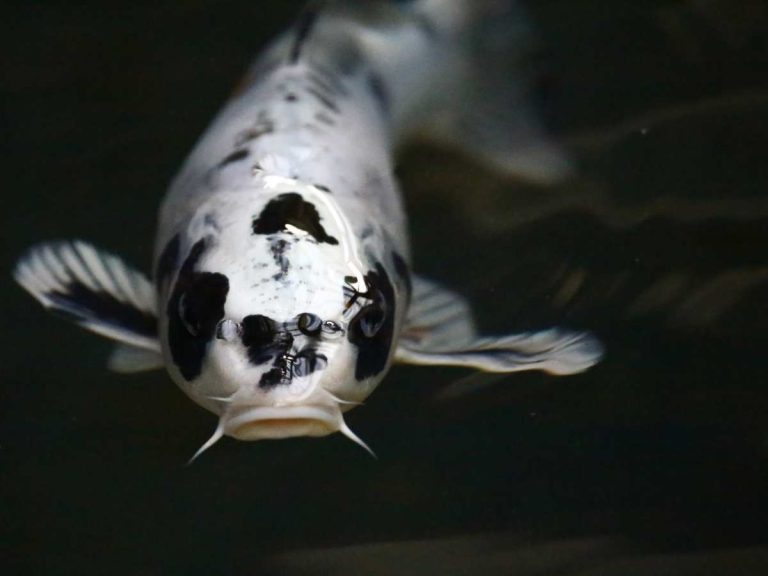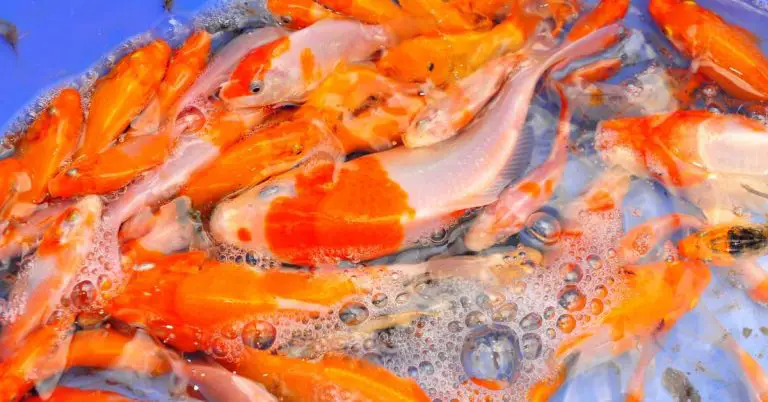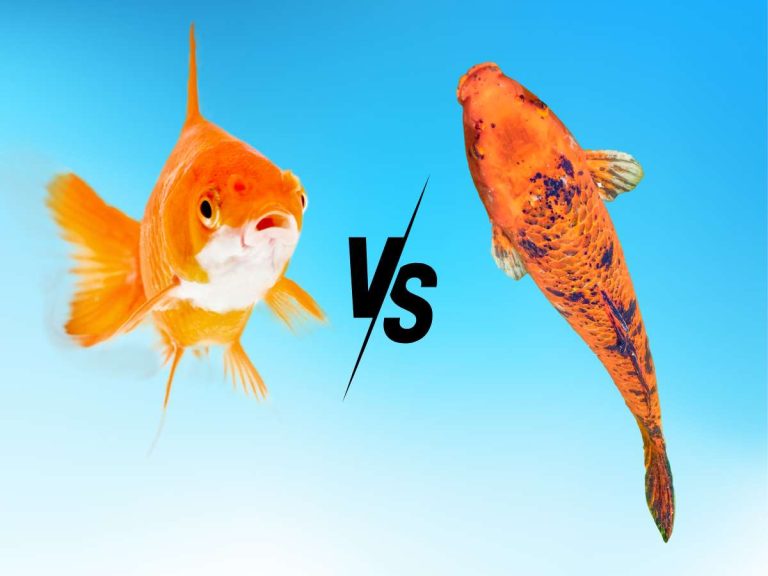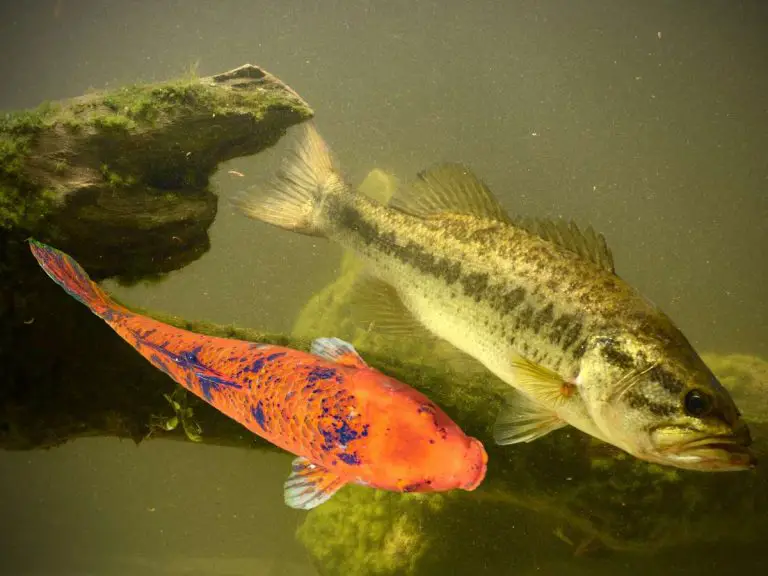Do Koi Breed In Ponds? Koi Parenting 101 For Creating a Thriving Koi Community in Your Backyard Pond
In case you’re wondering: yes, koi can reproduce successfully in a pond. But understanding the reproductive behavior of koi fish is essential to encourage breeding in a pond environment.
Factors such as water conditions, temperature, and pH levels play a crucial role in creating a suitable breeding environment. Providing hiding places and spawning areas in the pond enhances the chances of koi breeding. You need to buy some good healthy Koi as well.
It’s important to maintain a balanced koi population in the pond through effective population control measures. Managing water quality, predators, and food availability are key factors that may affect koi reproduction.
To ensure successful koi reproduction, pond owners should consider practical tips and important considerations during the breeding season.
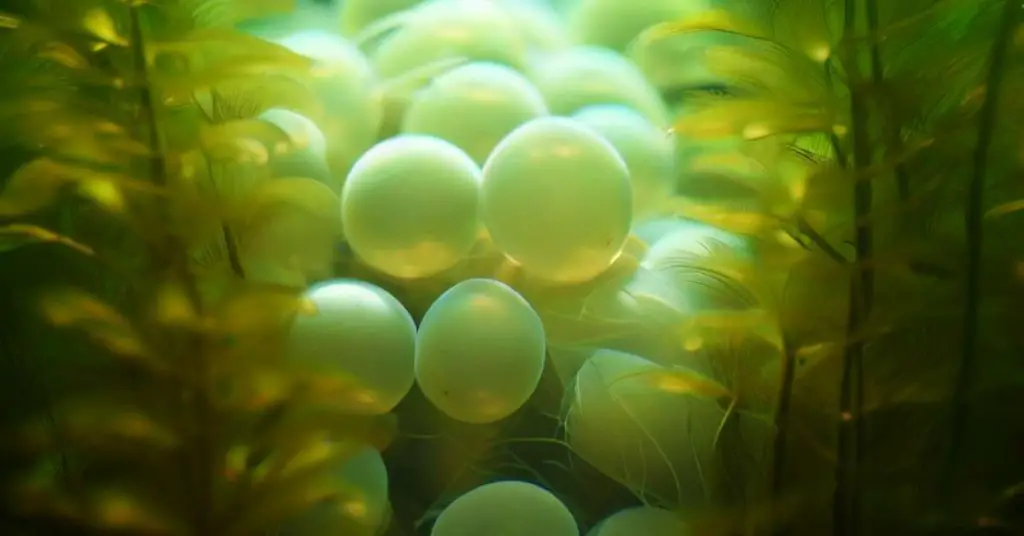
Understanding the reproductive behavior of koi fish
So, you want to know if and how koi can reproduce in a pond? Well, let’s dive right in and talk about the reproductive behavior of these beautiful fish. It’s a fascinating topic, trust me.
Koi fish have their own unique breeding habits. They are known as egg scatterers, which means they lay their eggs randomly in the water instead of building nests like some other fish species. Pretty cool, right?
The breeding season for koi typically occurs during the spring and summer months when the water temperatures are around 68 to 77 degrees Fahrenheit. They need these warmer temperatures to get in the mood for some baby-making.
Now, here’s the interesting part. Male koi will chase the female fish around the pond in a courtship ritual, trying to nudge her towards the desired spawning area. Once they find a suitable spot, the female will release her eggs, and the male will fertilize them. It’s like a little underwater love story happening right in your pond!
But wait, there’s more! Once the eggs are fertilized, they will stick to plants, rocks, or any other surfaces in the pond. And here comes the truly amazing part – the parents don’t actually take care of the eggs or the fry. Nope, they leave it all up to Mother Nature to take care of the little ones. Tough love, I guess.
So, there you have it – a quick overview of the reproductive behavior of koi fish. It’s a fascinating process, and witnessing it in your own pond can be quite a remarkable experience. But before you jump into breeding koi, there are some important factors you need to consider. Stay tuned to find out how to create the perfect breeding environment in your pond!
Creating a suitable environment for koi breeding in a pond
Now that we understand the reproductive behavior of koi fish, it’s time to dive into creating the perfect environment for successful koi breeding in your pond. Let’s talk about two crucial factors: water conditions and temperature/pH levels.
A. Providing the right water conditions for koi reproduction
In order to promote successful koi reproduction, it’s important to ensure the water conditions in your pond are just right. These beautiful fish thrive in clean and well-maintained water. Regular filtration and maintenance are key to creating the ideal environment for koi breeding.
One important aspect to consider is the quality of the water. You want to keep the water clean and ensure it is free of any harmful contaminants or pollutants. Regular water testing can help you monitor the water quality and take necessary measures to maintain a healthy pond environment.
Another factor to consider is the oxygen level in the water. Koi fish need a sufficient oxygen supply to thrive and reproduce. Installing a well-functioning aerator or a fountain in your pond can help increase oxygen levels and promote a healthy breeding environment.
B. Maintaining optimal temperature and pH levels in the pond
Koi fish are quite sensitive to temperature fluctuations, so it’s important to maintain a stable and optimal temperature in your pond for successful breeding. Generally, koi prefer temperatures between 59°F and 77°F (15°C and 25°C). Investing in a reliable pond heater or chiller can help regulate the temperature and provide a comfortable environment for koi breeding.
Additionally, monitoring the pH levels of your pond is crucial. Koi prefer slightly alkaline water, with a pH range of 7.0 to 8.5 being ideal. Regularly testing and adjusting the pH levels can create the optimal conditions for koi breeding.
Remember, maintaining the right water conditions and optimal temperature and pH levels are vital for creating a suitable environment for koi breeding in your pond. By providing these ideal conditions, you’ll significantly increase your chances of successful koi reproduction.
Enhancing the chances of koi breeding in a pond
If you’re eager to see those little koi fry swimming around, there are some techniques you can try to encourage breeding.
A. Introduction to various techniques to encourage koi breeding
1. Water quality: Keeping the water in your pond clean and well-maintained is crucial for successful koi breeding. Regularly test the water parameters such as pH, ammonia, and nitrite levels to ensure they are within the appropriate range. A high-quality pond filtration system can also help maintain optimal water quality.
2. Seasonal changes: Koi are more likely to breed during specific times of the year. As the weather warms up in spring or early summer, that’s when you’ll want to start paying closer attention to potential breeding behaviors. Keep an eye out for the male koi chasing after the female or nudging her belly gently.
B. Providing adequate hiding places and spawning areas in the pond
1. Hiding places: Creating hiding spots in your pond can help reduce stress levels and promote a successful breeding environment. Use aquatic plants, rocks, or floating islands to create areas where koi can retreat and feel secure.
2. Spawning areas: Koi prefer to lay their eggs on a flat, clean surface. You can provide a designated spawning area by adding a spawning mop or a spawning brush to your pond. These artificial structures mimic the natural environment where koi would typically lay their eggs.
Remember, the more comfortable and natural the environment feels for your koi, the higher the chances of successful breeding. So, get creative and do some pond landscaping to create an enticing breeding ground!
Managing the koi population in a pond
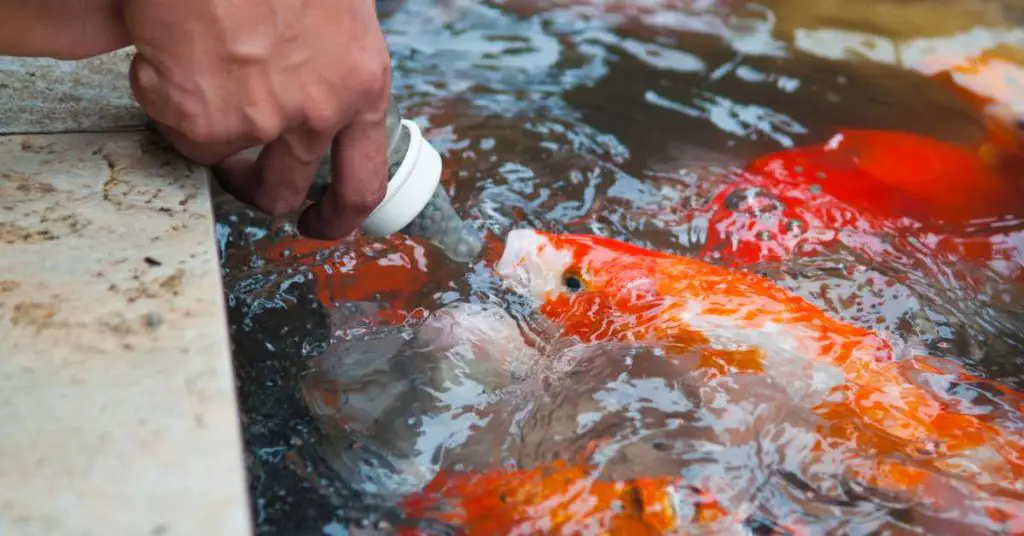
Population control is crucial when it comes to keeping a healthy and sustainable koi population in your pond. You don’t want your pond to become overcrowded, as this can lead to competition for resources and potential health issues for your koi. So, let’s dive into some methods for managing the koi population in your pond!
1. Regular monitoring and assessment
Keep a close eye on the number of koi in your pond and assess their overall health regularly. Look out for signs of disease or stress, such as abnormal behavior, weight loss, or visible injuries. Identifying and addressing any issues early on can help prevent them from spreading to the entire population.
2. Determine the carrying capacity of your pond
Every pond has a maximum number of koi it can comfortably support. This is known as the carrying capacity. Factors such as pond size, filtration system, and water quality play a significant role in determining this capacity. It’s important not to exceed the carrying capacity to maintain a healthy environment for your koi.
3. Consider selective breeding
If you’re interested in maintaining specific traits or colors in your koi population, you can engage in selective breeding. This involves carefully choosing which koi to breed based on their desired characteristics. By doing so, you can regulate the number of offspring and maintain the desired qualities in your pond.
4. Implement a population control strategy
If you notice that your koi population is getting too large, you can implement a population control strategy. This may involve removing some koi from the pond and finding them new homes or providing them to other pond owners. It’s important to do this responsibly and ensure the koi will be well-cared for in their new environments.
5. Be cautious with introducing new koi
When adding new koi to your pond, be mindful of potential diseases or parasites they may carry. Quarantine new additions before introducing them to your main population to minimize the risk of spreading infections. It’s better to be safe than sorry!
Factors that may affect koi reproduction in a pond
In order to successfully breed koi in a pond, it is important to be aware of the potential obstacles that may arise. Several factors can affect the reproduction of koi fish in a pond, including water quality, predators, and food availability.
A. Identifying potential obstacles to successful koi breeding
One of the main challenges when it comes to koi breeding is maintaining good water quality. Koi fish are very particular about the water they spawn in. If the water is not clean and properly filtered, it can negatively impact the reproductive process.
Another obstacle is the presence of predators. Birds, raccoons, and even larger koi fish can pose a threat to the eggs and fry. These predators can easily raid the pond and devour the vulnerable offspring, causing a significant decrease in successful reproduction.
Food availability is also a critical factor. Koi fish require a balanced and nutritious diet to reproduce successfully. If the pond is not adequately stocked with suitable food sources, the koi may not have the energy or nutrients necessary for successful breeding.
B. Discussing the impact of water quality, predators, and food availability
Poor water quality can lead to increased stress levels in koi fish, making them less likely to engage in reproductive behavior. It is crucial to regularly test the water and address any issues promptly to ensure optimal breeding conditions.
Predators, such as birds or raccoons, can disrupt the breeding process by preying on the eggs or fry. Installing protective measures, such as netting or fencing, can help deter these predators and safeguard the koi population.
Regarding food availability, pond owners must ensure that the koi have access to a varied and nutritious diet. Incorporating quality koi pellets, fresh vegetables, and even live food like brine shrimp can contribute to healthier reproduction and higher success rates.
Monitoring the impact of these factors and taking necessary steps to mitigate any issues are paramount to fostering a thriving koi population in a pond.
Tips for successful koi reproduction in a pond
So, you want to make sure your koi fish are reproducing like crazy in your pond? I got you covered, my friend! Here are some killer tips to help you achieve your breeding goals.
A. Create the perfect love nest
Koi fish need a cozy place to get it on, so make sure your pond has plenty of hiding spots and spawning areas. I’m talking about rocks, caves, and lots of vegetation. These little love hideouts will give your koi the privacy they need to do their thing.
B. Keep it clean, baby!
Water quality is key when it comes to koi breeding. Dirty water can really put a damper on their mood, so make sure you keep your pond spick and span. Regularly clean out any debris, test the water quality, and invest in a good filtration system. A happy and clean home equals happy koi and more chances of successful reproduction.
C. Feed them with love
Nothing sets the mood like a good meal, right? Well, the same goes for koi fish. Make sure you’re feeding them a balanced diet that includes all the nutrients they need. Invest in high-quality koi food and don’t overfeed them. A well-fed fish is a fish ready to reproduce!
D. Get the temperature just right
Koi fish are picky about their temperature preferences, just like Goldilocks and her porridge. You want to aim for a water temperature between 65-75 degrees Fahrenheit (18-24 degrees Celsius) during the breeding season. Keep an eye on that thermometer and make sure it’s just right for your koi to get in the mood.
E. Be patient, grasshopper
Reproduction takes time, my friend. Don’t expect overnight success. It may take a while for your koi to find their groove and start doing the deed. So, be patient and give them time. Just keep creating the right environment and taking good care of them, and soon enough, you’ll have a bunch of little koi fry swimming around!
Follow these tips, my pond-loving amigo, and you’ll increase your chances of successful koi reproduction in no time. So, get out there and create the ultimate love paradise for your koi fish!
Conclusion
Wow! We’ve covered a lot of ground here, haven’t we? From exploring the reproductive behavior of our beautiful koi fish to creating the perfect breeding environment in our ponds, we’ve learned some valuable insights. So, let’s take a moment to summarize the key points discussed in this article:
- Koi fish can reproduce successfully in a pond, so if you’ve been wondering about the potential for those little ones, go ahead and get excited!
- We’ve uncovered the importance of understanding the reproductive habits of koi fish, as well as the various factors that influence their chances of successful breeding.
- To enhance the chances of koi breeding in your pond, providing suitable water conditions, maintaining optimal temperature and pH levels, and offering adequate hiding places and spawning areas all play a crucial role.
- Managing the koi population in your pond is essential for maintaining a healthy and sustainable environment, ensuring the well-being of your fish.
- While koi fish are generally capable of reproduction in ponds, there are factors that may affect their success, such as water quality, predators, and food availability.
- At the end of the day, tips for successful koi reproduction include providing practical advice for pond owners and highlighting important considerations during the breeding season.
So, dear pond lovers, rejoice! Now armed with knowledge and understanding, you have the power to create a thriving koi community in your pond. Remember, it’s not just about witnessing the magic of new life unfold, but also about contributing to the preservation of this magnificent species. So, go forth, build your perfect koi haven, and let nature work its beautiful wonders. Enjoy every moment of this rewarding journey!
Related Questions:
Can koi fish breed naturally, or do they need human intervention in a pond?
Koi fish can indeed breed naturally in a pond. While human intervention can enhance the chances of successful breeding by creating suitable conditions and providing hiding spots, these fish are quite capable of reproducing on their own when the pond environment is right.
How long does it usually take for koi fish eggs to hatch in a pond?
Koi fish eggs generally hatch within a week to ten days after being laid in a pond. The exact timing depends on factors like water temperature, which plays a significant role in the incubation period. Keeping an eye on the eggs and ensuring optimal water conditions can help promote successful hatching

